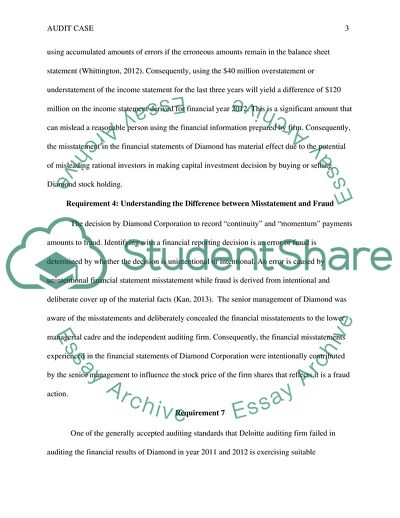Cite this document
(Aduting case Term Paper Example | Topics and Well Written Essays - 2500 words, n.d.)
Aduting case Term Paper Example | Topics and Well Written Essays - 2500 words. https://studentshare.org/finance-accounting/1823144-aduting-case
Aduting case Term Paper Example | Topics and Well Written Essays - 2500 words. https://studentshare.org/finance-accounting/1823144-aduting-case
(Aduting Case Term Paper Example | Topics and Well Written Essays - 2500 Words)
Aduting Case Term Paper Example | Topics and Well Written Essays - 2500 Words. https://studentshare.org/finance-accounting/1823144-aduting-case.
Aduting Case Term Paper Example | Topics and Well Written Essays - 2500 Words. https://studentshare.org/finance-accounting/1823144-aduting-case.
“Aduting Case Term Paper Example | Topics and Well Written Essays - 2500 Words”. https://studentshare.org/finance-accounting/1823144-aduting-case.


